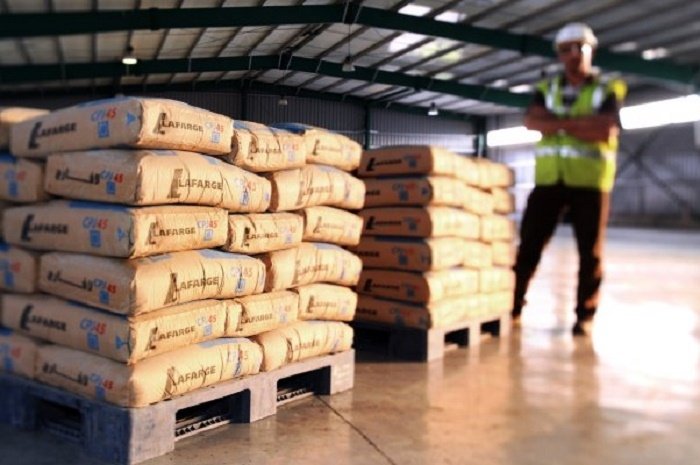Morocco’s domestic cement market showed a slight positive trend during the first half of 2024, though growth was limited to just 1% compared to the same period in 2023, partly due to the calendar shift caused by Eid al-Adha.
In this context, LafargeHolcim Maroc’s consolidated revenue for H1 2024 reached 3.691 billion dirhams (MDH), representing a decrease of 10.6% from the same period in 2023. This decline was driven by the impact of new cement production capacity entering the national market and a reduced demand for clinker exports.
Despite this, the company’s operating income remained stable at 1.46 billion dirhams, thanks to cost-cutting efforts and improved industrial performance, which helped offset the drop in cement sales. However, its consolidated IFRS net profit fell by 8%, down to 756 million dirhams, as a result of exceptional positive elements recorded in 2023.
Additionally, LafargeHolcim Maroc’s return on invested capital stood at 9.7% for the first half of 2024, while its standalone net profit reached 691 million dirhams by June 30, 2024.
Looking ahead, the cement market is expected to benefit from several positive factors in the second half of the year. The upcoming 2025 Africa Cup of Nations and the 2030 FIFA World Cup are set to boost infrastructure projects, while the government’s direct housing aid program should support the building segment. LafargeHolcim Maroc will continue to focus on optimizing costs, enhancing service quality, and advancing its sustainability initiatives. The company aims to expand its range of low-carbon products, such as ECOPact and ECOPlanet, improve energy efficiency, promote biodiversity in quarries, and reduce water usage at industrial sites.
LafargeHolcim Maroc is also progressing in decarbonizing its operations by maximizing the use of green electricity (which accounted for 96% of its consumption in H1 2024), increasing the use of alternative fuels, and optimizing product formulations.
